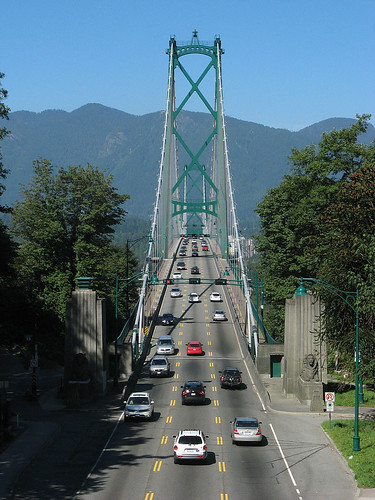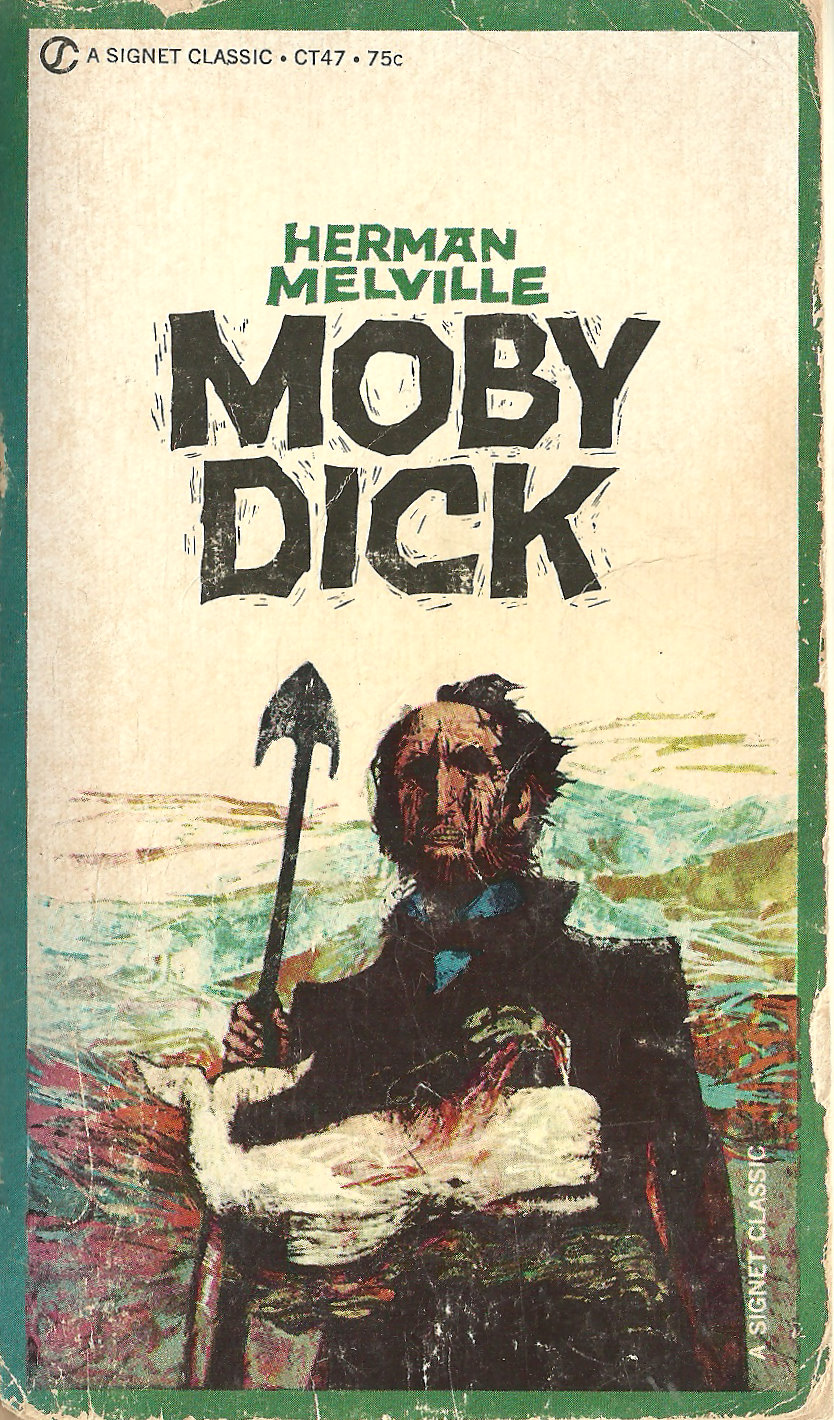The first G-20 economic summit opens in Washington, D.C.
The G-20, or Group of Twenty, is a forum for international economic cooperation and decision-making. It consists of 19 individual countries and the European Union. The member countries are Argentina, Australia, Brazil, Canada, China, France, Germany, India, Indonesia, Italy, Japan, Mexico, Russia, Saudi Arabia, South Africa, South Korea, Turkey, the United Kingdom, and the United States.
The G-20 was established in 1999 in response to the financial crises of the late 1990s. The forum provides a platform for member countries to discuss and coordinate on international economic policies. The G-20 meetings bring together leaders from these major economies to address issues such as global financial stability, sustainable development, climate change, trade, and other economic challenges.
The G-20 Economic Summit is an annual meeting of the leaders of the G-20 nations. The summit serves as a key forum for discussing and coordinating international economic policies, addressing global challenges, and fostering cooperation among member countries. The discussions at these summits cover a wide range of topics, including macroeconomic stability, trade and investment, innovation, employment, and other issues that impact the global economy. The G-20 leaders typically issue a joint communiqué at the end of the summit, outlining their shared goals and commitments.
The G-20 has become an important platform for global economic governance, reflecting the increasing interdependence of economies and the need for coordinated efforts to address global challenges.



